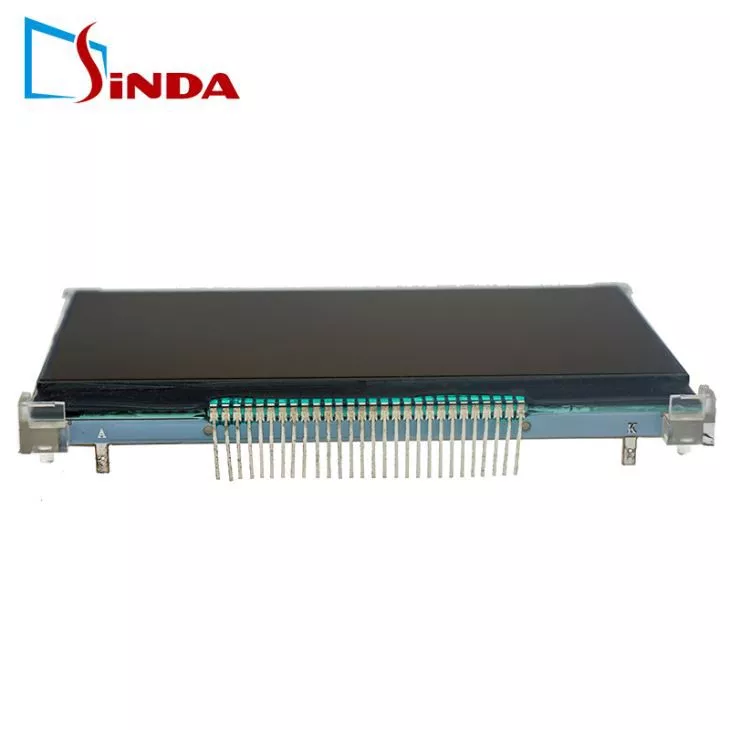LCD viewing angles and LCD driver types
10.07.2023
LCD viewing angles:
LCD Displays are classified according to duty cycle and flow direction of liquid crystal material.
Based on these criteria, there are significant changes in the viewing angle of the LCD display. This difference in LCD viewing angle is expressed in relation to the Clock Position system. Basically, the LCD is expressed at two different angles, 6:00 o'clock and 12:00 o'clock.
According to this system, if the LCD position is below the user's head level (eg dishwasher, etc., white goods on the floor, floor scales, etc.), it should be preferred at 12:00 o'clock. This provides a clearer reading from the top of the indicator below the eye level.
If the LCD is above eye level (elevators, on-door displays, refrigerators, etc.), the display direction should be selected at 6:00. This allows the LCD Display above the eye level to be read more clearly.
LCD driver types:
LCD monitors are divided into 3 sections based on the type of driver IC they contain. COB (Chip On Board), COG (Chip On Glass) and Glass Panel (No Driver IC) LCD Displays.

COB LCD (Chip On Board)
Driver IC's are located on the PCB, mounted together with the integrated LCD Glass. The connection between the LCD and the PCB can be in the form of a Pin Terminal or Elastomers Silicon Strips. This technology is commonly used in standard Character LCD and Graphic LCD Displays.

COG LCD (Chip On Glass)
The driver IC is positioned on the integrated glass with a silicone sealant. The connections to the segments are directly connected on the chip as thin terminals. This technology is often used in thin Graphic LCD Displays. They are also preferred to reduce for the number of pins on the custom design LCD displays.

Glass LCD (No Driver)
This LCD type Display does not contain any drivers. Only includes separate or integrated backlight. Such LCD displays are preferred in applications where engineer use their own driver circuits. (with seperated Driver IC or MCU contains integrated "RAM Mapping LCD Driver" section) Glass LCD Indicators are preferred in low power consumption applications and systems where special segments and icons are needed economically. (such as clock, energymeters, personal medical equipments etc.)

